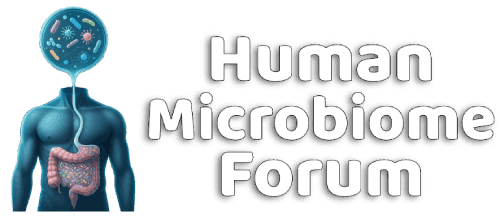Michael Harrop
Well-known member
https://phys.org/news/2025-06-glass-bottles-microplastics-plastic.html
https://www.sciencedirect.com/science/article/pii/S0889157525005344
https://www.sciencedirect.com/science/article/pii/S0889157525005344
Drinks including water, soda, beer and wine sold in glass bottles contain more microplastics than those in plastic bottles, according to a surprising study released by France's food safety agency Friday.
"We then noticed that in the glass, the particles emerging from the samples were the same shape, color and polymer composition—so therefore the same plastic—as the paint on the outside of the caps that seal the glass bottles," she said.
The paint on the caps also had "tiny scratches, invisible to the naked eye, probably due to friction between the caps when there were stored," the agency said in a statement.
This could then "release particles onto the surface of the caps," it added.
Because there is no reference level for a potentially toxic amount of microplastics, it was not possible to say whether these figures represent a health risk, ANSES said.
But drink manufacturers could easily reduce the amount of microplastics shed by bottle caps, it added.
The agency tested a cleaning method involving blowing the caps with air, then rinsing them with water and alcohol, which reduced contamination by 60%.
Highlights
- Different levels of microplastic contamination in various beverages sold in France.
- Impact of containers on microplastic contamination of beverages.
- Drinks in glass bottles more contaminated by microplastics.
- Contamination of glass containers form paint outside of the capsule.
- Contamination reduction by blowing or rinsing capsules before bottling.
Abstract
Microplastics are present in all environments and have even been detected in humans. As a result, more and more worldwide studies are focusing on the contamination of food and beverages by microplastics. To date, none of these studies has examined the contamination levels in beverages sold in France.
The current study was set up to address this gap and investigate the level of microplastic contamination in water, soft drinks, beer and wine. This study does not aim to provide an exhaustive overview of all the drinks sold in France. However, efforts were made to study the impact of different containers: plastic, glass, brick, can, cubitainer, on this contamination.
Heterogeneous results were obtained with mean contamination levels of 2.9 ± 0.7 MPs/L in waters, 31.4 ± 16 MPs/L in colas, 28.5 ± 13.1 MPs/L in teas, 45.2 ± 21.4 MPs/L in lemonades, 82.9 ± 13.9 MPs/L in beers and 8.2 ± 3.3 MPs/L in wines.
It was observed that the most contaminated containers were glass bottles. Caps were suspected to be the main source of contamination, as the majority of particles isolated in beverages were identical to the color of caps and shared the composition of the outer paint.
- Format correct?
- Yes
